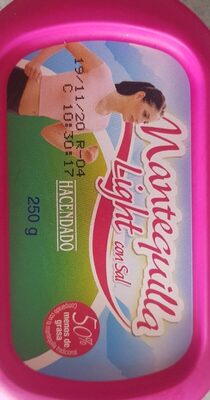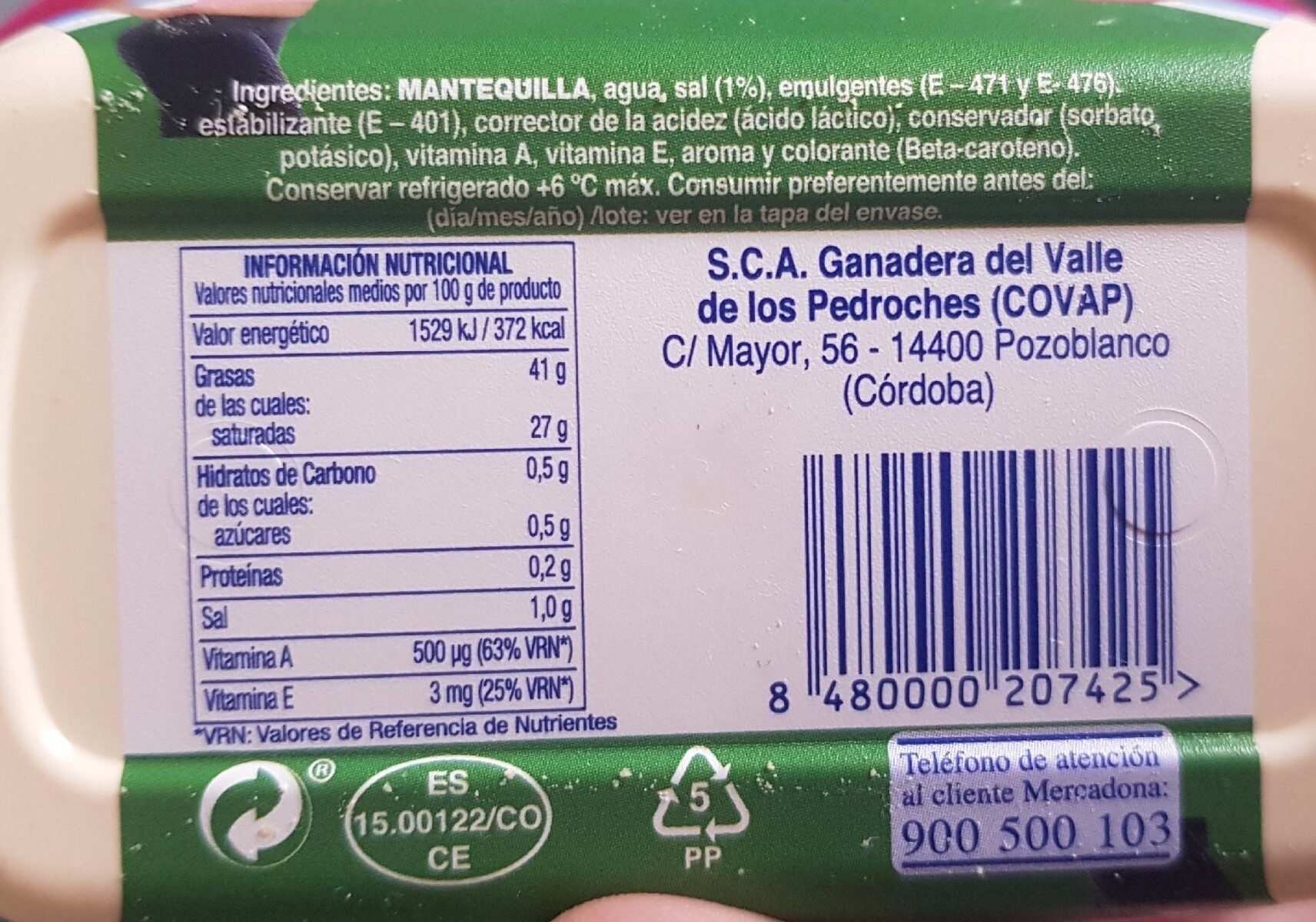Mantequilla Light con sal - Hacendado
This product page is not complete. You can help to complete it by editing it and adding more data from the photos we have, or by taking more photos using the app for Android or iPhone/iPad. Thank you!
×
Código de barras: 8480000207425 (EAN / EAN-13)
Marcas: Hacendado
Categorías: Produtos lácteos, en:Fats, en:Spreads, en:Spreadable fats, en:Animal fats, en:Milkfat, en:Dairy spread, en:Butters
Etiquetas, certificacións, premios:
en:Green Dot, fr:Entrepreneurs + Engagés
Country: España
Matching with your preferences
Medio ambiente
Carbon footprint
Empaquetado
Transportation
Report a problem
Data sources
Product added on by kiliweb
Last edit of product page on by foodviewer.
Páxina do produto tamén editada por acuario, inf, openfoodfacts-contributors, roboto-app, spotter, tacite-mass-editor, teolemon, yuka.ErVIDPHbL5EdRsbAyZ0VwgSeOdrMI_FXCloDoQ, yuka.HZZwYY-IBv4RMvGI7oEQxzi_FMfGBNhzQVUjog, yuka.R2FJbEM3UWsrL05SeS9JMTBFbnBvdFZuMmNLSlhHanFOODVBSVE9PQ, yuka.RnJFY0VKOWVtY01odU13ejQwdnp4TUJyN0xLQVh6dXNjY01wSVE9PQ.











